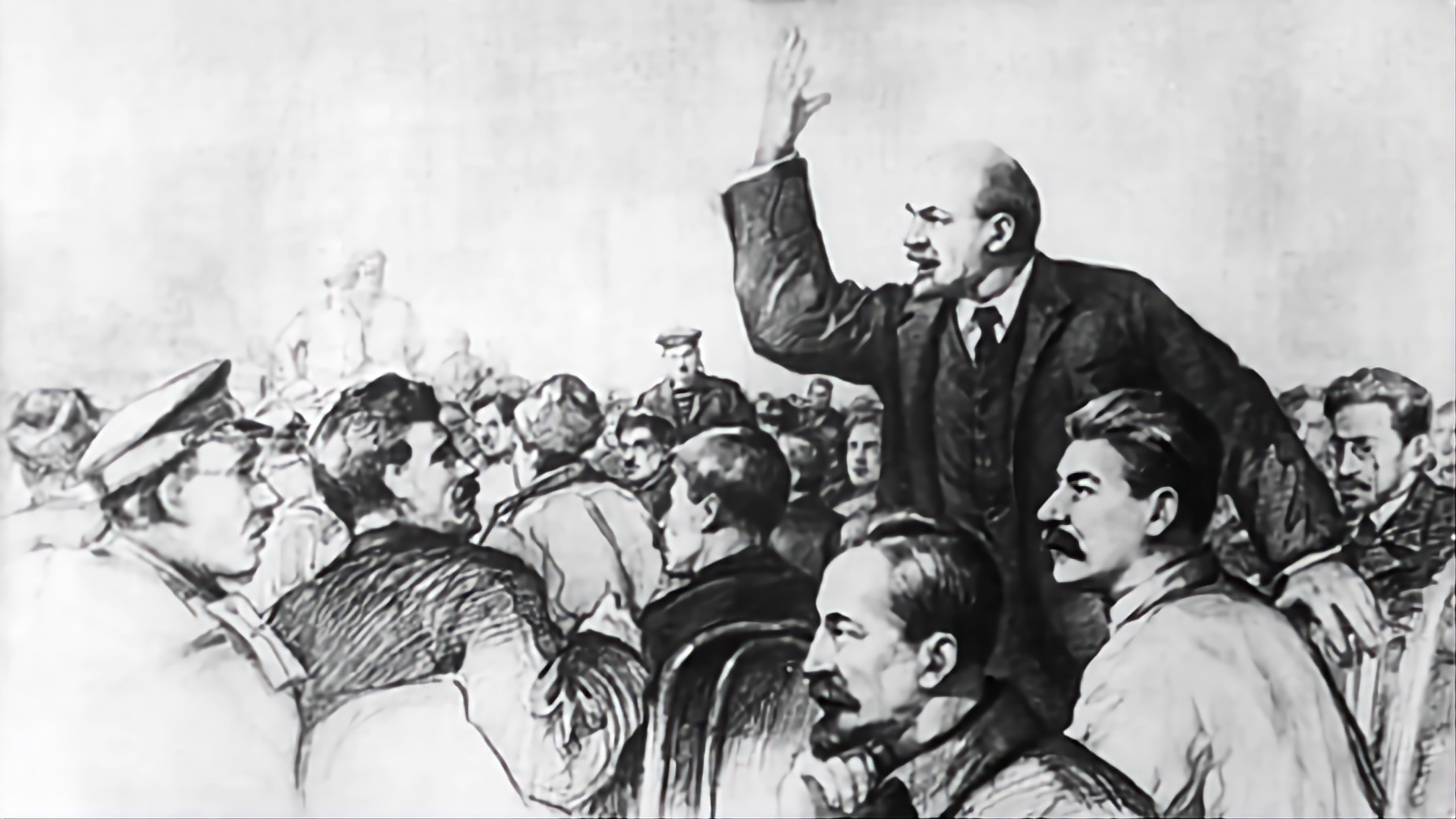The men of Zangabad village, Panjwai district lined up on the eve of 11 September to count and remember their dead, the dozens of relatives who they say were killed at the hands of the foreign forces that first appeared in their midst nearly 20 years ago.
Their cluster of mud houses, fields and pomegranate orchards was the site of perhaps the most notorious massacre of the war, when US SSgt Robert Bales walked out of a nearby base to slaughter local families in cold blood. He killed 16 people, nine of them children.
America’s tragedy, thousands of families’ terrible losses on that September morning in 2001, would indirectly unravel into similar grief for thousands of other families half a world away.
Afghans who knew little or nothing about the planes flying into towers in New York, and certainly had no link at all to al-Qaida, were caught up in the war that followed, and that claimed their loved ones year after year.
Haji Muhammad Wazir lost almost all his immediate family, apart from his four-year-old son in the early hours of 11 March 2012. It was more than a decade after the twin towers came down, but they were the reason the US military was on his doorstep.
Bales killed his wife, four sons, four daughters and two other relatives. He shot the children in the head then tried to burn their bodies.
“It is very hard for me, I still feel like these things are happening right now,” Wazir told the Guardian, nearly a decade after the almost unimaginable slaughter ripped apart his life. “I am very happy the American forces have finally left Afghanistan, and very grateful to Allah for making this happen. At last I feel safe.”
Those murders were perhaps the most high-profile civilian deaths of the war. But it was not the only time foreign forces killed large numbers of women, children and non-combatant men, in just this one corner of a single district of Afghanistan.
Five men from Zangabad who spoke to the Guardian said they lost 49 relatives between them in airstrikes and the massacre, bloodshed spanning nearly a decade. These terrible losses, repeated in many parts of Afghanistan, would prove powerful recruiting tools for the Taliban, as they slowly gathered their forces to retake the country.
“I could not go and fight, because I was the only person left from my family to look after my son, but I was supporting them financially and in other ways,” Wazir said of the aftermath of his tragedy.
The Taliban commander for Panjwai district, Faizani Mawlawi Sahab, said each mass killing drove more people into their arms, and the slaughter of 2012 provoked particular grief and horror. “Although some people were supporting us before, after this incident everyone joined or helped us in some way,” he said.
The nearby city of Kandahar was the Taliban’s capital when they first ruled Afghanistan, home to their first leader Mullah Muhammad Omar, and briefly to Osama bin Laden, architect of the attacks on America.
The Taliban’s founding members came from the greater Kandahar region, and the fields and orchards of the farming districts surrounding the city became militant strongholds again when they started regrouping to fight the US-led forces.
The group had tried to negotiate a surrender in 2001, which the country’s then-president Hamid Karzai was eager to accept. But America’s leaders, still caught up in a hunt for Bin Laden that would last a decade, were more interested in vengeance than Afghanistan’s future.
“The United States is not inclined to negotiate surrenders,” secretary of defense Donald Rumsfeld announced at the time, with a hubris that would be thrown into relief by the lives lost in Afghanistan over the next two decades and the money spent there.
In the event, Mullah Omar and Bin Laden would outlive the administration that Rumsfeld served in, even though President George W Bush was at the start of eight years in office.
US officials were apparently unable to recognise that the Taliban had a constituency of support in Afghanistan, as repulsive as their governing principles were, from their ban on women’s education and most work, to their embrace of punishments like flogging and amputation and public executions.
“The insurgency was not inevitable. There was a good chance for peace in 2001. Everyone, including the Taliban accepted they had been defeated. But the US and their Afghan allies persecuted and marginalised those who’d lost the war, not just Taliban but tribal and factional rivals of those who had seized power,” said Kate Clark, co-director of the Afghanistan Analysts Network.
[continued...]
Are you telling me that invading and killing the civilian populace of a foreign country gets the civilians of that country to not like you? :shocked-pikachu:
The group had tried to negotiate a surrender in 2001, which the country’s then-president Hamid Karzai was eager to accept. But America’s leaders, still caught up in a hunt for Bin Laden that would last a decade, were more interested in vengeance than Afghanistan’s future.
“The United States is not inclined to negotiate surrenders,” secretary of defense Donald Rumsfeld announced at the time, with a hubris that would be thrown into relief by the lives lost in Afghanistan over the next two decades and the money spent there.
How can they surrender if we don't invade them first?
September 12th is a positively ancient flash game that expresses this concept pretty damn bluntly. Good luck getting it running though because flash is dead.
I had a mini heart attack when I saw that the ultimate version was 600GB lmao. Definitely getting the Infinity version


